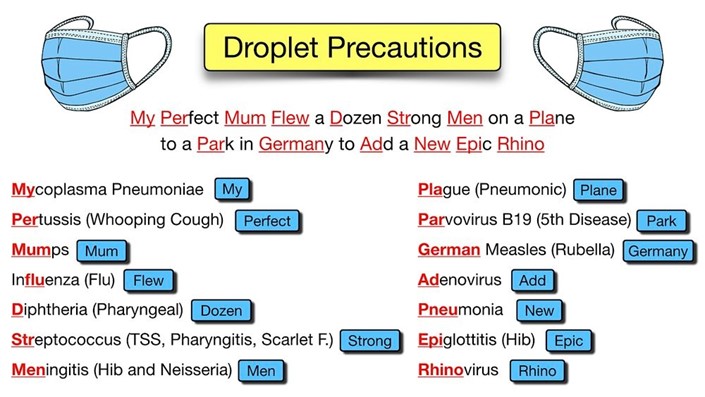A nurse is collecting data from a female client during an initial health assessment. Which of the following findings should the nurse identify as a risk factor for osteoporosis?
Applies an estrogen vaginal cream daily
Includes canned sardines in her diet
Walks 30 min per day
Uses a beclomethasone inhaler
The Correct Answer is D
Choice A rationale: Applying an estrogen vaginal cream daily is not a risk factor for osteoporosis. In fact, estrogen can help maintain bone density.
Choice B rationale: Including canned sardines in the diet provides calcium and vitamin D, which are beneficial for bone health.
Choice C rationale: Walking 30 minutes per day is a weight-bearing exercise that helps maintain bone density and is beneficial for preventing osteoporosis.
Choice D rationale: Using a beclomethasone inhaler (a corticosteroid) can be a risk factor for osteoporosis, especially if used long-term, as corticosteroids can lead to bone loss.
Nursing Test Bank
Naxlex Comprehensive Predictor Exams
Related Questions
Correct Answer is B
Explanation
The correct answer is choice B. Aprepitant is an antiemetic medication used to prevent nausea and vomiting associated with chemotherapy. Choice A is incorrect because decreased dysrhythmias is not a therapeutic effect of aprepitant. Choice C is incorrect because decreased incisional pain is not a therapeutic effect of aprepitant. Choice D is incorrect because absence of dizziness is not a therapeutic effect of aprepitant. Choice A is not correct because decreased dysrhythmias is not a therapeutic effect of aprepitant. Choice C is not correct because decreased incisional pain is not a therapeutic effect of aprepitant. Choice D is not correct because absence of dizziness is not a therapeutic effect of aprepitant.
Correct Answer is C
Explanation
The correct answer is choice C. Implement droplet precautions. Streptococcal pharyngitis is a highly contagious infection caused by group A beta-hemolytic streptococcus. Droplet precautions are the appropriate precautionary measures to prevent the spread of the infection. This includes placing the client in a private room or with a client with the same infection, wearing a mask or respirator, and using proper hand hygiene. Option A is incorrect because negative airflow rooms are not required for clients with streptococcal pharyngitis. Option B is incorrect because throat cultures should be obtained before the initial dose of antibiotics. Option D is incorrect because fluid restriction is not a necessary intervention for clients with streptococcal pharyngitis.

Option A - Negative airflow rooms are used for airborne illnesses like tuberculosis.
Option B - Throat culture should be obtained before the initial dose of antibiotics.
Option D - Fluid restriction is not a necessary intervention for clients with streptococcal pharyngitis.
Whether you are a student looking to ace your exams or a practicing nurse seeking to enhance your expertise , our nursing education contents will empower you with the confidence and competence to make a difference in the lives of patients and become a respected leader in the healthcare field.
Visit Naxlex, invest in your future and unlock endless possibilities with our unparalleled nursing education contents today
Report Wrong Answer on the Current Question
Do you disagree with the answer? If yes, what is your expected answer? Explain.
Kindly be descriptive with the issue you are facing.
